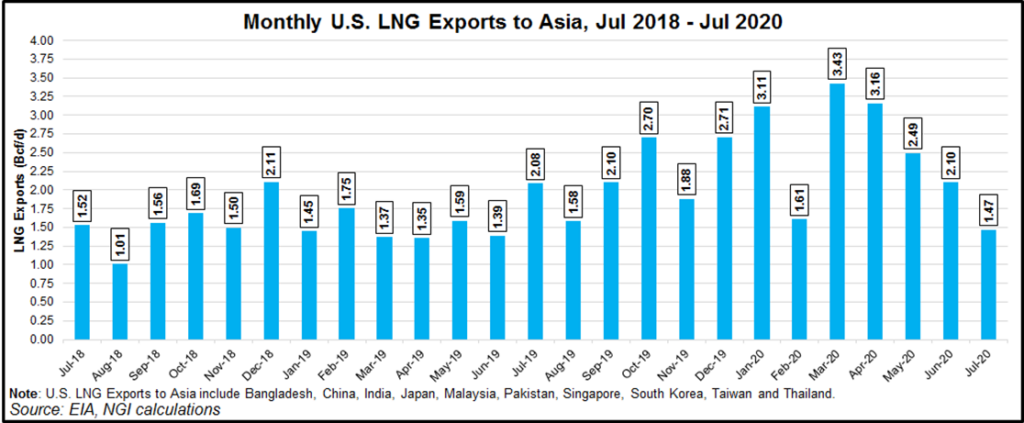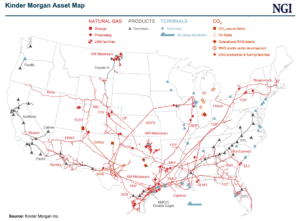Recent announcements by the leaders of China and Japan to achieve carbon neutrality in the coming decades could initially increase demand for U.S. liquefied natural gas (LNG), but that demand could be reduced as early as 2030, analysts said.
Japanese Prime Minister Yoshihide Suga on Monday said the country would aim to become a “carbon-neutral, carbon-free society” by 2050, according to his first policy address to the parliament since taking office last month.
“Responding to climate change is no longer a constraint on economic growth,” Suga said. “It is necessary to change the way of thinking that proactive measures against climate change will bring about changes in the industrial structure and economic society, leading to great growth.”
On September 22 Chinese...



